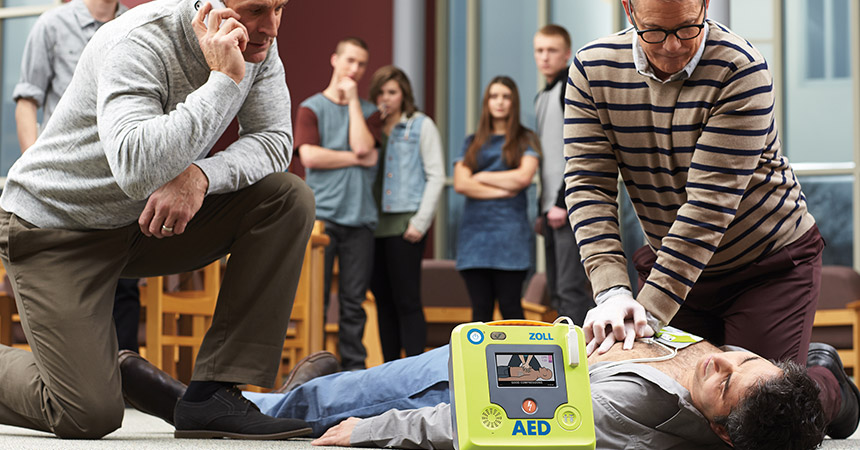 CONSEJOS
CONSEJOSTips for performing quality CPR
July 3, 2025 11:12 amThe highest probability of survival is achieved with high-quality cardiopulmonary resuscitation (CPR) that moves oxygenated blood through vital organs.
To perform effective CPR, it is essential to compress the chest firmly and quickly. The ideal rate is between 100 and 120 compressions per minute, with a depth of at least 5 centimeters in adults, always allowing the chest to fully rise between each compression. It is equally important to minimize interruptions during compressions, as each pause reduces the pressure generated and, therefore, the blood circulation to the brain and heart.
In addition to chest compressions, if trained, rescue breaths should be given at a ratio of 30 compressions to 2 breaths. If you do not feel confident performing the breaths or do not have a protective barrier, it is preferable to apply continuous compressions until professional help arrives. Remembering these basic principles and acting quickly can make the difference between life and death.
